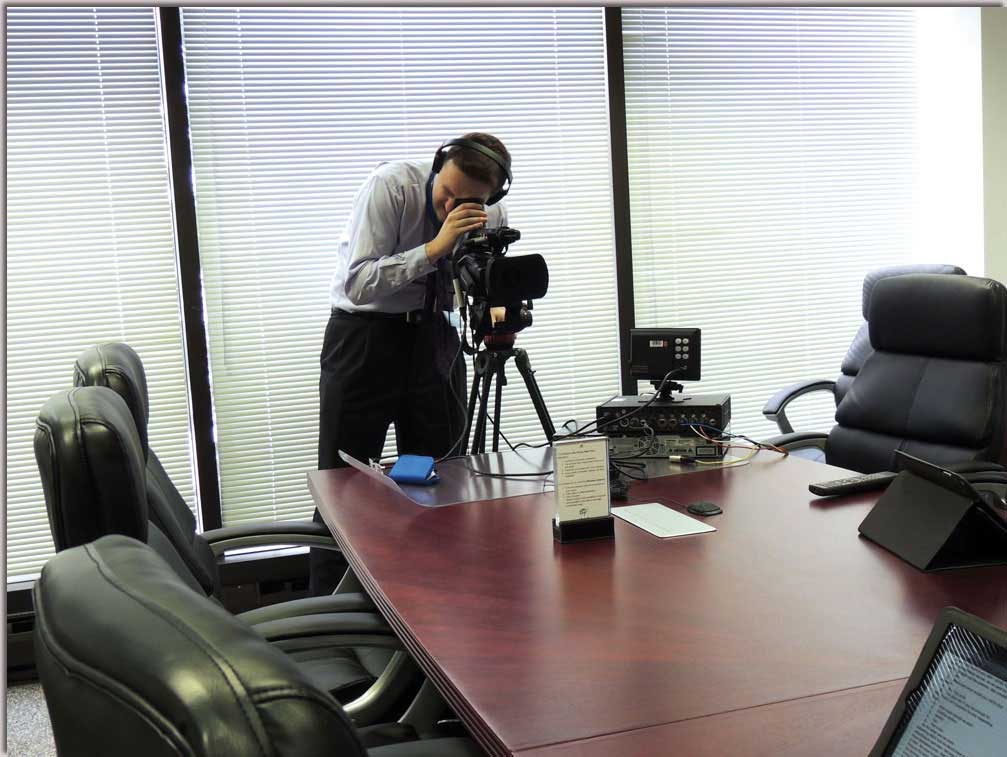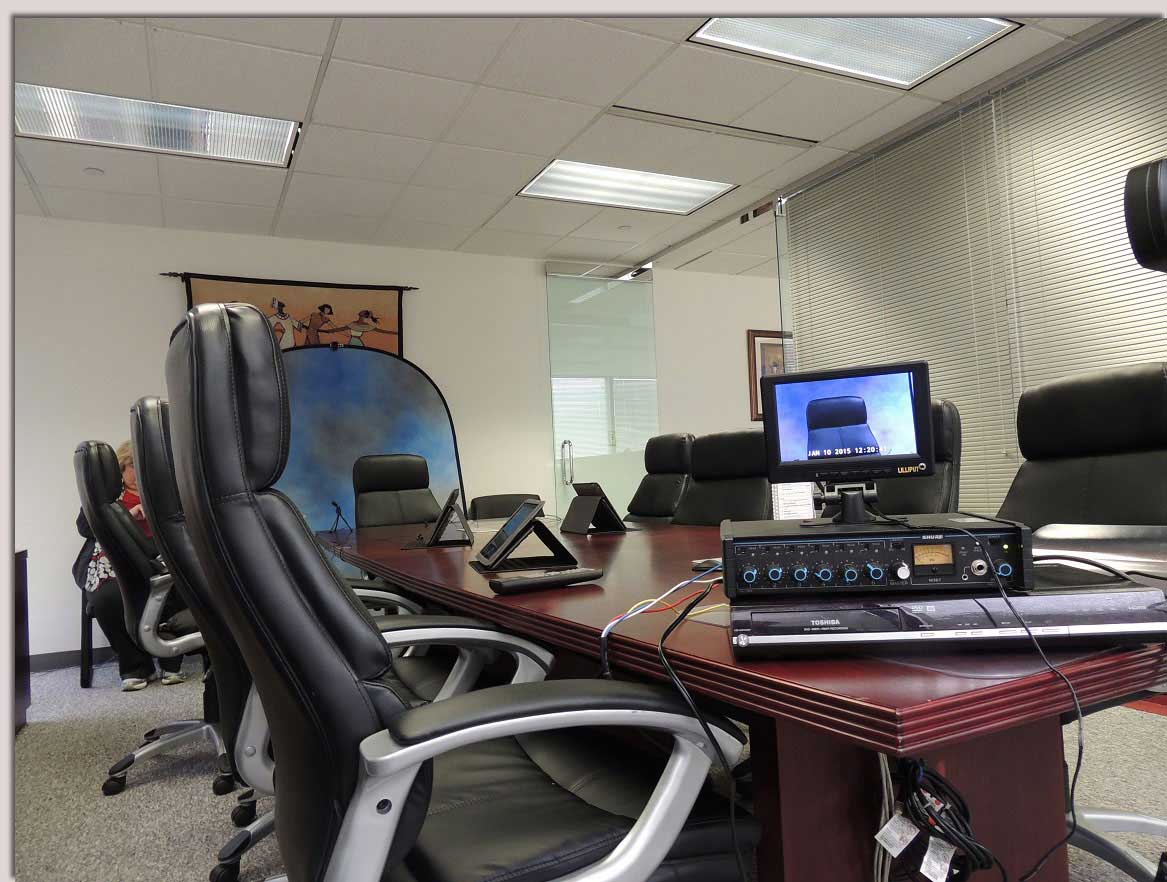Flexible Legal Videography for Your Legal Needs.
Why Lawful Videography Is Essential for Accurate Legal Record-Keeping
In the realm of lawful proceedings, the precision of record-keeping is critical, and lawful videography emerges as a vital tool in this context. By catching the nuances of spoken and non-verbal communication, it dramatically decreases the potential for misinterpretation that can come with conventional written documents. Furthermore, the preservation of authentic aesthetic proof not only boosts the integrity of testimonies however additionally adds to a detailed account of occasions. As we discover the multifaceted advantages of legal videography, one have to consider its effects for the future of judicial integrity and openness.
Relevance of Visual Proof
Developing the importance of visual evidence in lawful proceedings is paramount for guaranteeing precise record-keeping and improving the general stability of the judicial process. Visual evidence functions as an important device in recording occasions, conditions, and other essential information that may be important to a situation. Unlike written accounts, which are vulnerable to interpretation and predisposition, visual recordings offer a goal, unalterable representation of facts as they occurred.
This type of proof can record a selection of elements, consisting of witness actions, ecological context, and physical evidence, all of which might influence judicial outcomes. By offering a clear and detailed visual narrative, lawful videography gets rid of uncertainty and helps to maintain the credibility of the evidence.
Moreover, aesthetic evidence can be instrumental in lowering conflicts over accurate discrepancies, as it permits a direct contrast against testimony and various other documented documents. In an age where digital modern technology is progressively prevalent, the capability to present aesthetic evidence properly can considerably boost the general top quality of legal proceedings. Eventually, the incorporation of aesthetic evidence not just bolsters the paperwork procedure however additionally strengthens public trust in the judicial system by promoting openness and accountability.
Enhancing Testament Integrity
The integration of legal videography right into courtroom procedures significantly improves the credibility of witness statement. By recording the nuances of verbal and non-verbal interaction, video recordings supply an even more extensive depiction of a witness's disposition, feelings, and integrity. This visual paperwork enables jurors to observe the witness's body movement, facial expressions, and general manner, which are crucial parts that can affect their assumption of testament reliability.

In addition, the visibility of video footage can discourage witnesses from providing deceptive or overstated statements, as they realize that their testament is being tape-recorded. This accountability enhances the honesty of the judicial procedure. Eventually, legal videography functions as an important tool in making certain that witness statement is not only precisely portrayed yet likewise seen with enhanced integrity by all parties entailed.
Comprehensive Record Conservation
Comprehensive record conservation is vital for maintaining the stability of legal procedures. Lawful videography acts as an essential device in this process, supplying an accurate aesthetic and acoustic account of statements, depositions, and various other critical minutes in a case. Unlike this standard written transcripts, video recordings record the nuances of body movement, tone, and emotion, which are important for recognizing the context and intent behind statements made throughout legal procedures.
Including audiovisual elements into record-keeping boosts the preservation of evidence, making sure that it continues to be undamaged and easily accessible throughout the lawful process. This is especially crucial in instances where the reliability of witness statements may be challenged, as aesthetic recordings can substantiate claims and supply quality. In addition, video records can be vital throughout appeals or retrials, offering an unaltered representation of the original statement.

Additionally, the ability to evaluate video evidence enables recommended you read legal experts to determine vital information that may have been ignored in composed records. By preserving an extensive archive of legal proceedings through videography, law practice can copyright the greatest requirements of accuracy and accountability, ultimately adding to a fairer judicial procedure.
Enhancing Legal Procedures
Streamlining legal proceedings is important for enhancing efficiency and lowering hold-ups within the judicial system. Legal videography acts as a pivotal device in accomplishing this goal by providing clear and exact aesthetic paperwork of court hearings, depositions, and testimonies - legal videography. This modern technology permits for real-time recording, making sure that all verbal and non-verbal signs are recorded, which can assist in quicker resolution of disputes
The assimilation of videography into legal procedures reduces reliance on standard methods, such as extensive transcripts, which can be time-consuming to generate and evaluate. By having actually access to recorded video footage, attorneys can promptly reference essential minutes, enhancing their capacity to prepare and present instances successfully. This immediacy also aids in the making clear of testaments, minimizing the possibility for false impression.

Admissibility in Court
Precise documents is crucial not just for effectiveness but likewise for ensuring that proof is admissible in court. Legal videography offers as a crucial device in this process, supplying a dependable aesthetic record of statements, declarations, and events.
To be considered permissible, legal videography needs to follow well established methods, such as proper devices use, ideal illumination, and clear sound capture. In addition, it is necessary to have certified videographers that understand the lawful needs surrounding proof collection. legal videography. The chain of protection should also be kept to avoid any type of claims of tampering or alteration
In addition, legal videography can boost the persuasiveness of proof by offering jurors with a direct sight of the statement, enabling a much more engaged understanding of the case. In summary, the assimilation of lawful videography into record-keeping not just sustains efficiency but likewise reinforces the integrity and admissibility of proof in court procedures.
Conclusion
To conclude, legal videography plays a pivotal role in making certain precise legal record-keeping by providing objective aesthetic documents. This approach enhances the here credibility of statements, maintains extensive documents, and enhances lawful proceedings. In addition, the admissibility of premium video proof in court more highlights its value. Eventually, the consolidation of lawful videography into the judicial procedure promotes openness and reinforces public count on the honesty of the legal system.